Instructions
Purchase or borrow a plumbing snake. A plumbing snake (also sometimes called a “flexible cleaning tool” or “auger”) is a flexible coil of wire that can “snake” through the curves of a drain and get deeper than a wire can. The best snake is a “closet auger” which is designed specifically to clear toilet clogs without damaging or staining the bowl. A plumber would likely use a closet auger.
Insert one end of the snake into the drain. Push down, feeding the snake further into the drain until you feel an obstruction.
Twist and push the snake through the obstruction. The goal is to break up the obstruction into smaller pieces that can move through the pipes. It may take a few minutes of maneuvering to clear the obstruction. Once the water drains, flush to toilet to see whether it drains as quickly as normal.
Snake in reverse. It may become necessary to remove the toilet and run the snake through in the opposite direction. This is especially true with hard obstructions that may have been flushed by a curious child. If a hard obstruction is known, and you are not comfortable removing and replacing the toilet, contact a plumber.
So now do you know how to unclog a toilet without a professional plumber. Good luck!

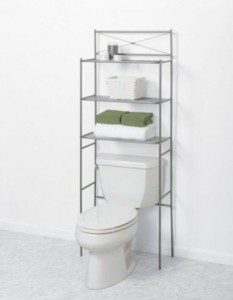
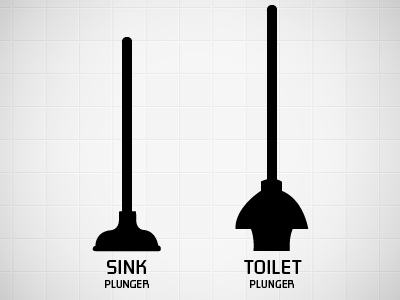
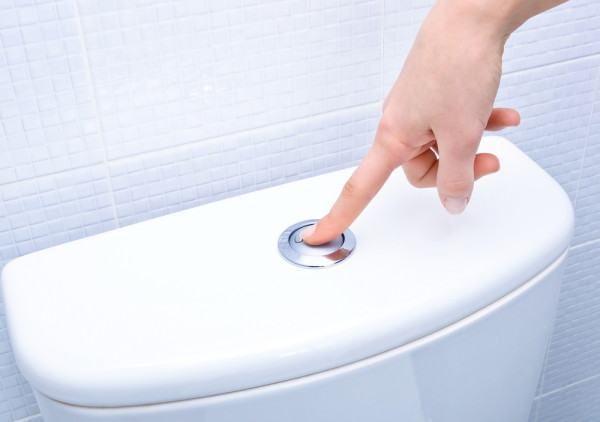
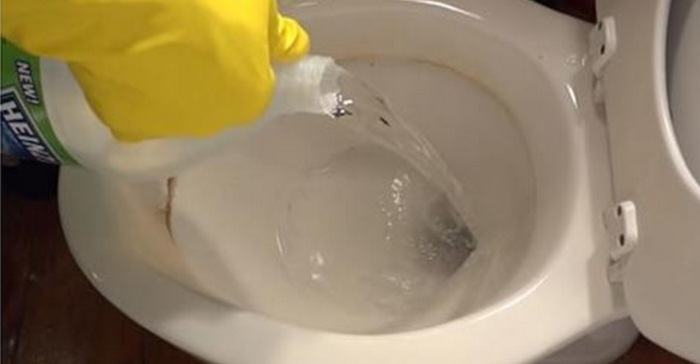
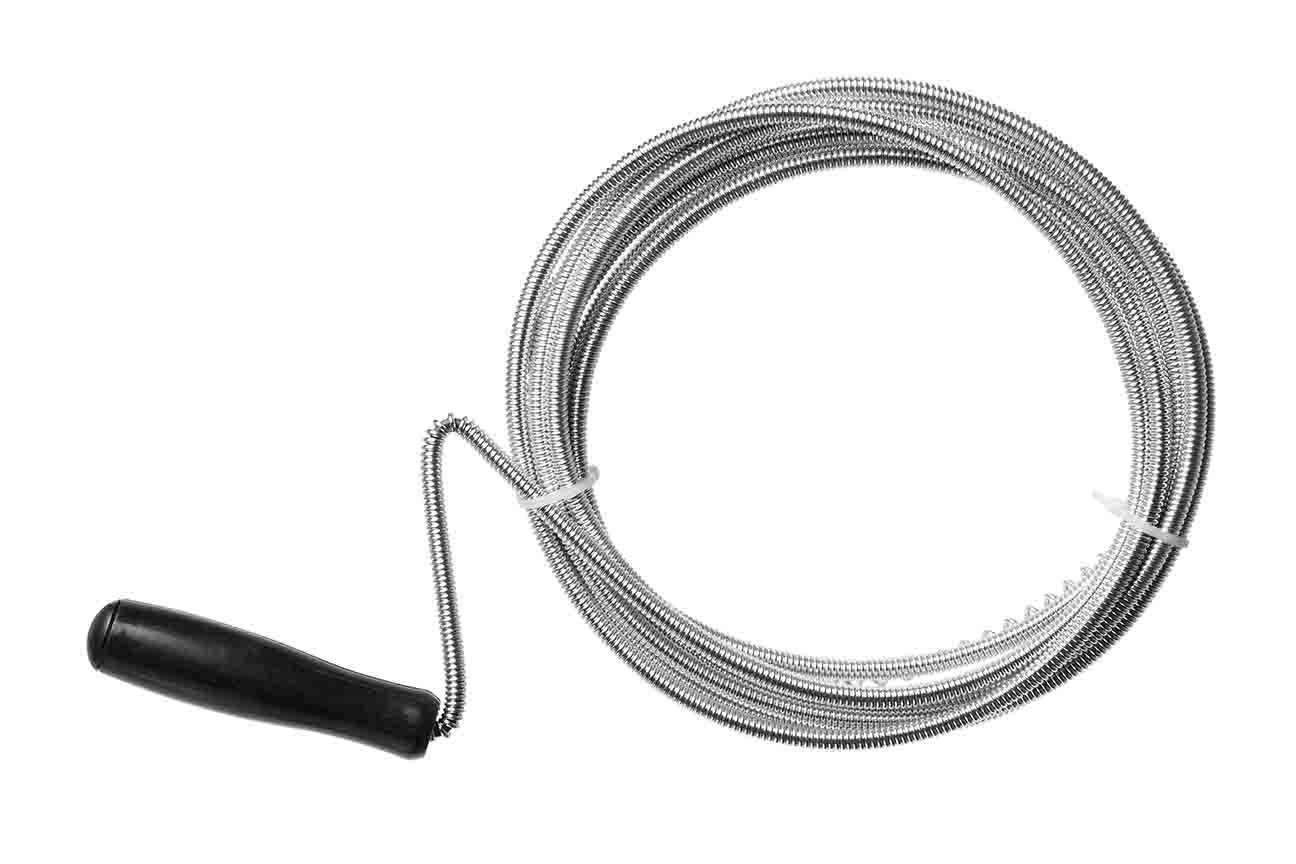
Ask a question
Ask us anything you want